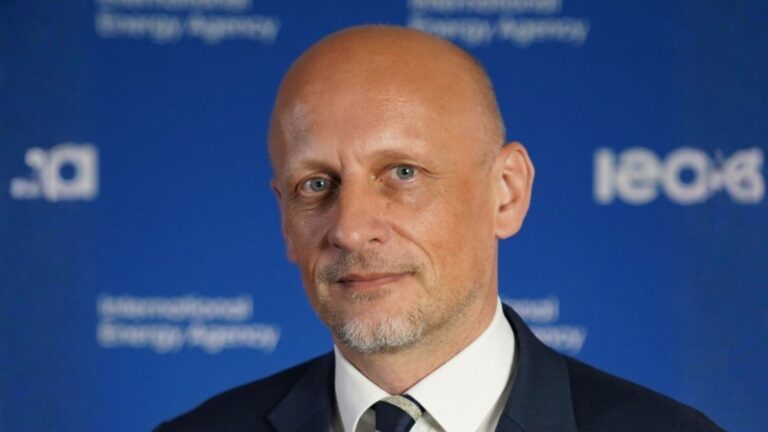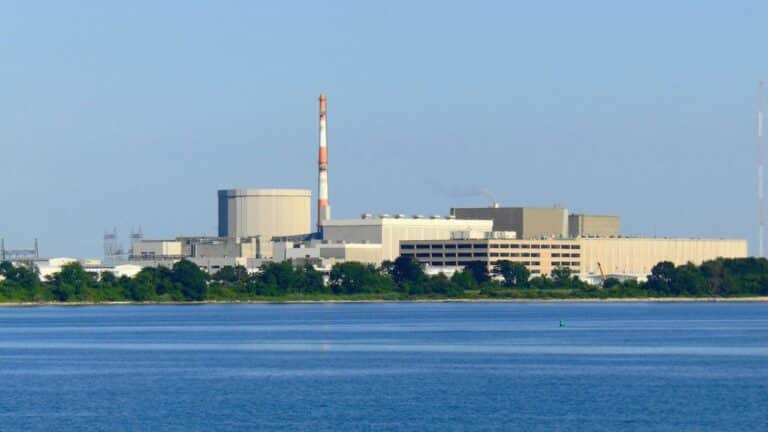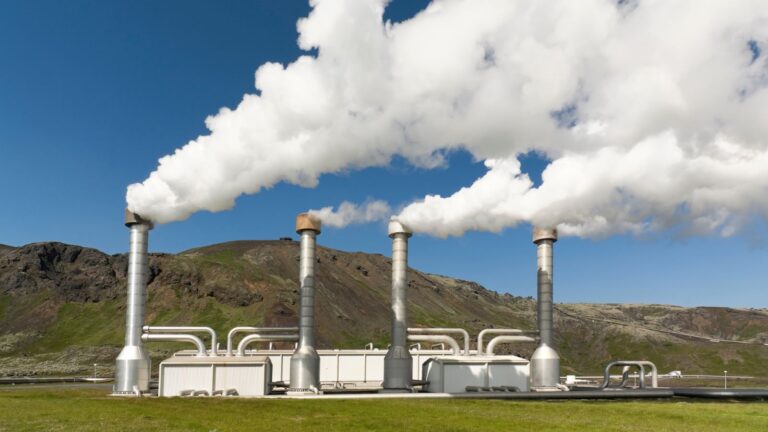This report represents the research and views of the author. It does not necessarily represent the views of the Center on Global Energy Policy. The piece may be subject to further revision. Contributions to SIPA for the benefit of CGEP are general use gifts, which gives the Center discretion in how it allocates these funds. More information is available at Our Partners. Rare cases of sponsored projects are clearly indicated. For a full list of financial supporters of the Center on Global Energy Policy at Columbia University SIPA, please visit our website at Our Partners. See below a list of members that are currently in CGEP’s Visionary Annual Circle.
-
CGEP’s Visionary Annual Circle
-
(This list is updated periodically)
Jay Bernstein
Breakthrough Energy LLC
Occidental Petroleum Corporation
Executive Summary
The ongoing COVID-19 pandemic has caused unprecedented changes in the ways people interact and approach economic activities. Electricity demand has declined and usage patterns have been altered, changes that could remain even after the pandemic ends. Failure to properly account for these declines in demand could lead to excess capacity in the electric power sector, added costs for consumers, and losses for investors.
This paper, from the power sector program at Columbia University’s Center on Global Energy Policy, presents a methodology to quantify potential permanent reductions in demand triggered by the pandemic. The authors first identify how electricity demand changed in the United States following the 2008–2009 global financial crisis, or “Great Recession,” the last event to cause a major reduction in consumption. They then analyze the unique ways in which demand patterns may change over the next three to five years as a result of the coronavirus, followed by some illustrative calculations of the potential impact. Finally, the authors discuss the implications for policy makers with regard to electricity sector evolution.
The paper finds that the COVID-19 crisis is likely to result in a long-term decline in annual electricity consumption, though less than that observed after the global financial crisis. It is also likely to accelerate changes in the structure of electricity demand that were already underway. In addition, the research shows:
- Patterns of load growth changed significantly after the Great Recession, with average annual consumption (load) growth in the preceding decade (1998–2007 inclusive) of 1.7 percent versus 0.5 percent in the decade after (2010–2019 inclusive);
- Behind-the-meter generation (which is generally a small-scale and often renewable resource installed on a customer’s premises) and energy efficiency were the key drivers of the reduction in load growth after the Great Recession, reflecting trends gathering force before the downturn;
- Experience from the global financial crisis suggests that load is unlikely to immediately revert to previous levels following the impact of COVID-19, and that load growth may be further dampened;
- Primary drivers of changes in electricity demand following the coronavirus Great Lockdown are likely to be due to changes in residential demand and shifts in commercial usage, resulting in a potential net incremental reduction in load of 65.2 Terawatt hours (TWh) to 158.8 TWh, or approximately 1.6 to 4.0 percent of US 2018 load; and
- As a result of this potential reduction in demand, all else remaining equal, future need for baseload generating capacity may fall by more than 28 GW.
This paper is intended primarily to explore the magnitude of potential long-term permanent demand destruction due to COVID-19. Because it explores policy implications at a high level, detailed analysis of particular policy recommendations is beyond the scope of the research.




